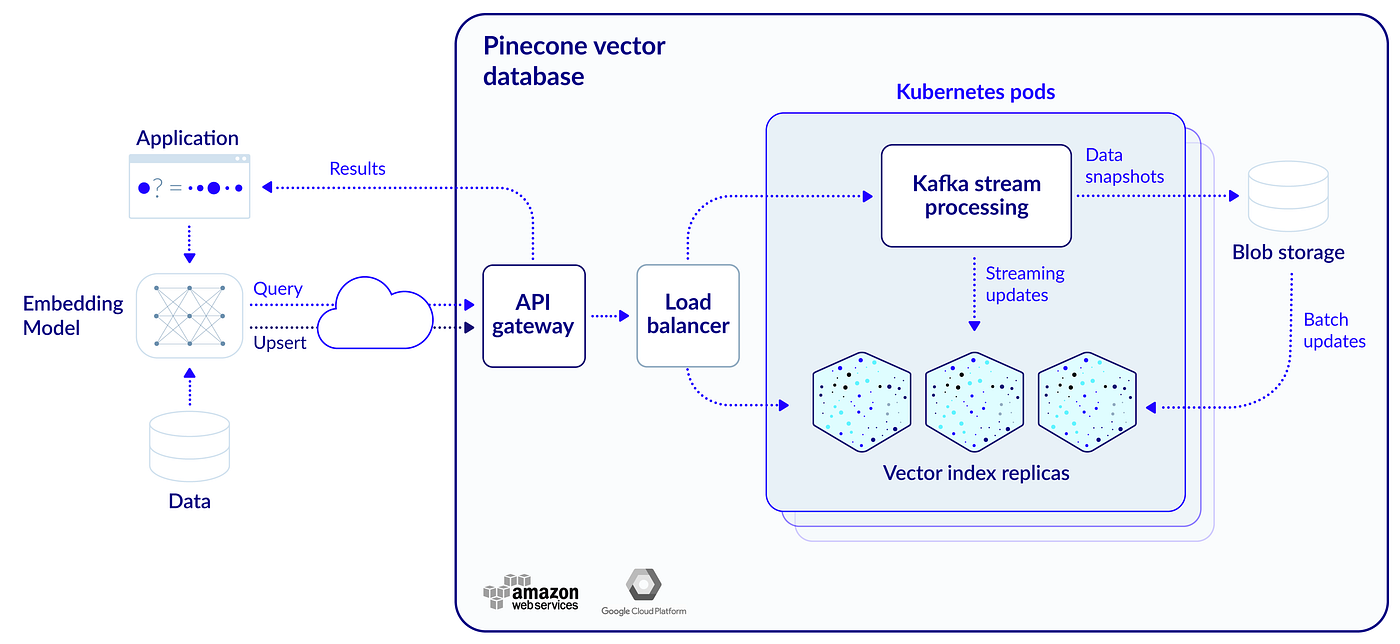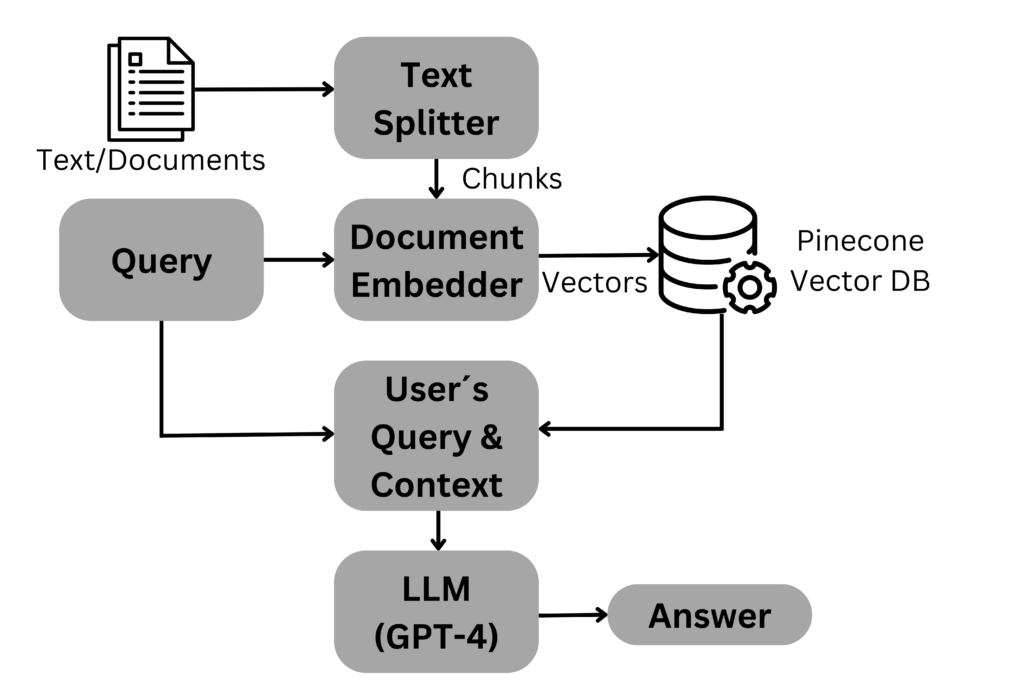AI Databases: Ensuring the Quality of LLMs in Chatbots - Open Source Solutions
Digital transformation initiatives and the need for 24/7 customer support have been instrumental in propelling the adoption of AI chatbots. But these bots need authentic and well-developed large language models (LLMs) to work efficiently. LLMs, in turn, are dependent on AI databases that are built on data that is consistent, complete and accurate. There are quite a few open source and free AI databases to choose from.
The Evolution of AI Chatbots
By leveraging advancements in natural language processing (NLP) and machine learning, artificial intelligence (AI) chatbots have revolutionised the way businesses interact with customers, offering a seamless, automated interface for a multitude of tasks. These sophisticated conversational agents are now pivotal in numerous sectors, ranging from customer service and e-commerce to healthcare and banking, significantly enhancing user engagement and operational efficiency.
In 2022, the global market for AI chatbots was appraised at approximately US$ 0.84 billion. Forecasts for the coming decade suggest a remarkable expansion. By 2032, the AI chatbot market is anticipated to burgeon to around US$ 4.9 billion. This projection reflects a compound annual growth rate (CAGR) of 19.29% between 2023 and 2032. Such robust growth can be attributed to several factors, including technological advancements in AI and machine learning, increased smartphone penetration, and a growing preference for automated customer interaction solutions.
Leading AI Chatbot Solutions
The landscape of artificial intelligence chatbots is richly populated with sophisticated entities designed to cater to a multitude of applications, each bringing unique capabilities to the fore. Among these, ChatGPT, developed by OpenAI, stands out as a preeminent conversational agent. Leveraging the vast language model GPT-4, ChatGPT is endowed with the ability to generate human-like text, comprehend complex queries, and provide detailed, contextually relevant responses.

Bing Chat, an extension of Microsoft’s Bing search engine, integrates AI-driven conversational capabilities to enhance the user experience. Utilising advanced natural language processing (NLP) techniques, Bing Chat provides succinct and precise answers to user inquiries, effectively transforming search interactions into dynamic dialogues.
Microsoft’s Copilot is designed to assist users by automating routine tasks, generating content, and providing intelligent suggestions within applications like Word, Excel, and Outlook. By harnessing AI to enhance productivity, Copilot reduces the cognitive load on users, enabling them to focus on tougher tasks.
The Role of Large Language Models (LLMs)
Large language models (LLMs), characterised by their extensive parameter counts and sophisticated architectures, harness vast datasets to cultivate an understanding of linguistic patterns, semantic nuances, and contextual relevance. The underlying architecture of LLMs facilitates proficiency in generating, comprehending, and manipulating human language.
The Significance of AI Databases
AI databases constitute the bedrock upon which the edifice of artificial intelligence is constructed, serving as repositories for the vast amounts of data integral to training sophisticated machine learning models. These databases are meticulously curated to encompass a diverse array of data types, including text, images, audio, and structured datasets, thereby providing a rich substrate for AI algorithms to extract patterns, infer correlations, and make predictions.

The architecture of AI databases is designed to address the unique demands of AI workloads, emphasising scalability, speed, and flexibility. Distributed database systems, often leveraging cloud infrastructure, facilitate the handling of petabyte-scale datasets, ensuring rapid data retrieval and real-time processing capabilities.
Prominent Vector Databases for AI Chatbots
Vector databases play a pivotal role in enhancing the efficiency and performance of LLMs and AI chatbots. These databases serve as repositories for storing and managing high-dimensional vector representations of textual data, facilitating rapid and accurate similarity searches, which are fundamental to various NLP tasks.
One prominent vector database is Pinecone, which provides a scalable and efficient platform for vector indexing and similarity search, enabling real-time retrieval of nearest neighbors based on vector representations.
Another notable vector database is Vespa, developed by Verizon Media. Vespa is an open source, scalable Big Data serving platform that supports efficient storage and retrieval of large-scale vector embeddings.

Milvus is yet another vector database that has gained traction in the LLM and AI chatbot community. An open source vector similarity search engine developed by Zilliz, it is designed to handle massive-scale vector indexing and retrieval tasks efficiently.
Conclusion
The realm of artificial intelligence, particularly in the development and deployment of large language models (LLMs) and AI chatbots, has witnessed an unprecedented surge in interest and innovation. Central to this burgeoning field is the availability of expansive, high-quality datasets which underpin the training and refinement of these sophisticated models.




















